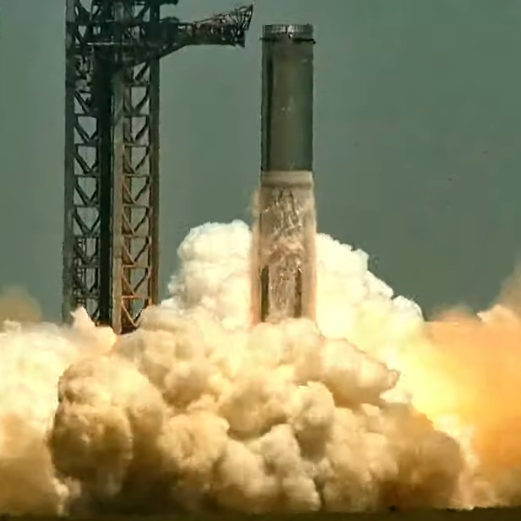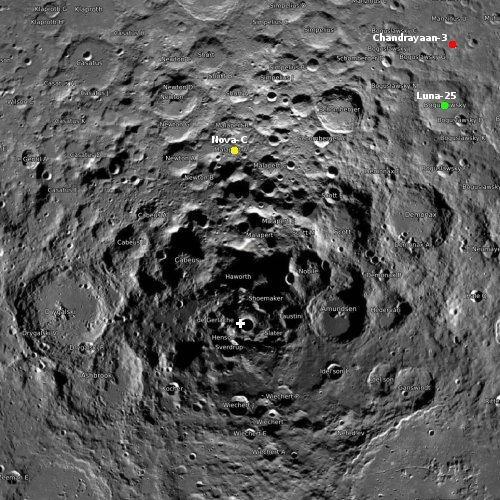Starlink and SES team up to provide broadband service to cruise lines
SpaceX’s Starlink constellation and SES’s satellites in higher orbits are forming a partnership to provide cruise ships better global coverage for broadband.
The SES Cruise mPowered + Starlink service would mostly use SpaceX’s low Earth orbit network (LEO) and satellites in medium Earth orbit (MEO) from SES. In northern and southern regions, apart from the poles where there is no service, SES vice president of product management for maritime products Gregory Martin said their joint offering would leverage its geostationary satellites.
SES would sell and manage the multi-orbit service when it becomes operational later this year and SpaceX would get a cut of the sales, Martin told SpaceNews in an interview.
It appears by partnering their services, the two companies make the deal better for cruise companies.
SpaceX’s Starlink constellation and SES’s satellites in higher orbits are forming a partnership to provide cruise ships better global coverage for broadband.
The SES Cruise mPowered + Starlink service would mostly use SpaceX’s low Earth orbit network (LEO) and satellites in medium Earth orbit (MEO) from SES. In northern and southern regions, apart from the poles where there is no service, SES vice president of product management for maritime products Gregory Martin said their joint offering would leverage its geostationary satellites.
SES would sell and manage the multi-orbit service when it becomes operational later this year and SpaceX would get a cut of the sales, Martin told SpaceNews in an interview.
It appears by partnering their services, the two companies make the deal better for cruise companies.




